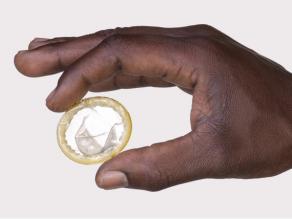What are STIs?
STIs are infections that are transmitted through sexual contact with someone who has an STI. There are also other ways of getting an STI.
There are many STIs. Some STIs are caused by a bacterium, others are caused by a virus or parasite. The symptoms or the ways in which they are tested or treated are also different.
STIs do not go away on their own. Go to a doctor for treatment.
STIs caused by a bacterium
Some STIs are caused by a bacterium. They are easy to treat with antibiotics:
STIs caused by a virus
Other STIs are caused by a virus. They are much more difficult or impossible to treat. Often only the symptoms can be treated:
STIs caused by a parasite
Some STIs are caused by a parasite. These STIs are transmitted by sexual contact or only intimate skin contact.
- scabies;
- trichomoniasis; and
- pubic lice.
Protection against STIs
A condom protects you and your partner against HIV, chlamydia and gonorrhoea. It reduces the risk of infection with other STIs. It does not always fully cover the sores, blisters or warts on your skin or your partner’s skin. This means that you still run a risk of infection with an STI. Vaccines can also protect against certain STIs. For instance: HPV.
STI treatment
Most STIs can be treated. They can be cured or their symptoms can disappear. STIs can seriously damage your health if they are not treated. You can also infect other people.
How to recognise an STI
STIs often have no clear symptoms. You cannot always see whether you have an STI. Go to a doctor if you think you might have an STI. He/she can test you.
Vaginal infections
A vaginal infection is an infection of the vagina and has similar symptoms to an STI. It is not an STI. You often do not get the infection from sex.

